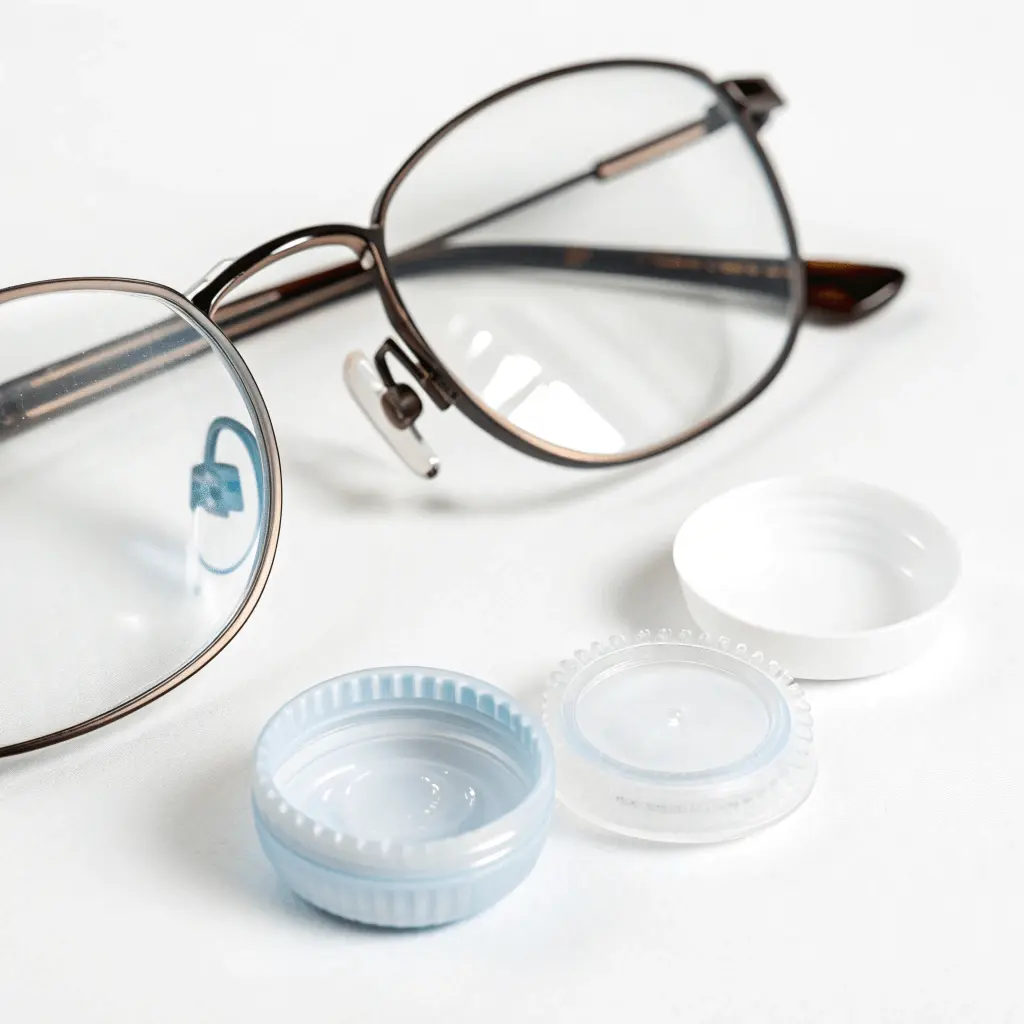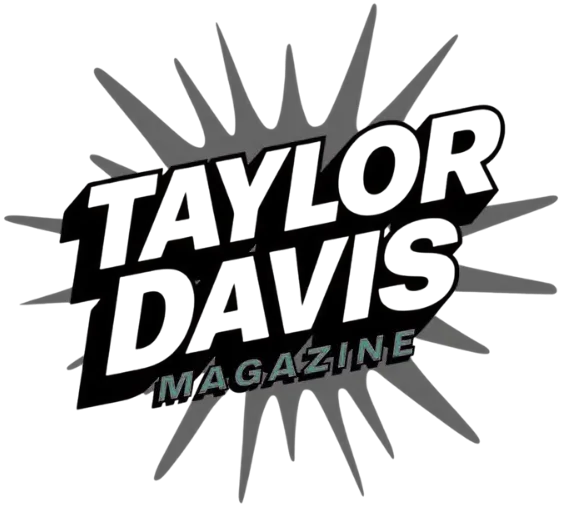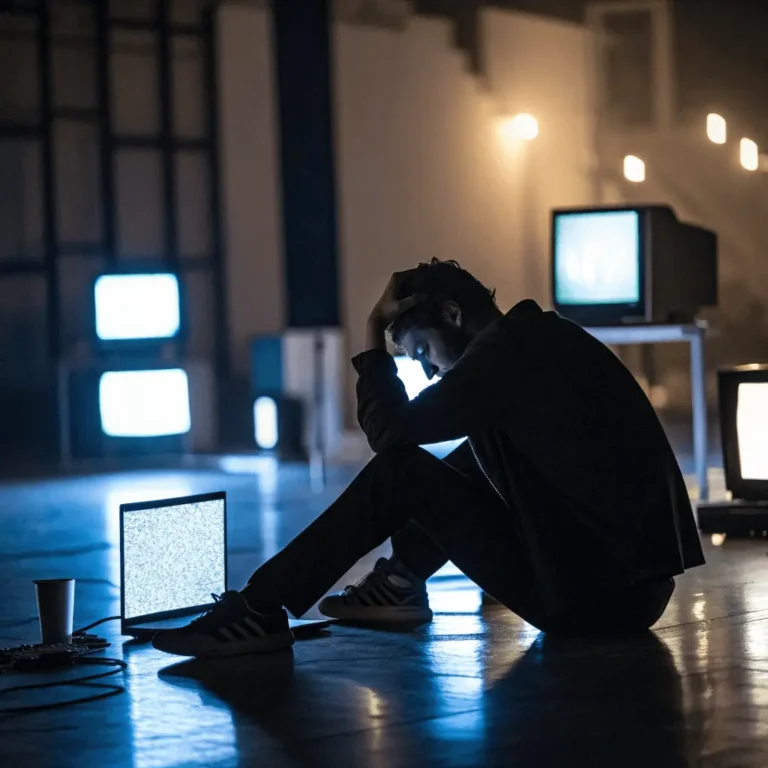
Seeing clearly shouldn’t come with daily compromises. Yet for millions of people relying on contact lenses, vision correction involves more than convenience, it comes with long-term risks and responsibilities that rarely get the attention they deserve. If you’ve worn contacts for years, you may have asked yourself: Is there a better, safer option?
At Clear Vision Center we hear this question every day. And the answer begins with an honest look at both choices like how they affect your eyes, your routine, your risks, and your future and decision of making LASIK in Rochester Hill’s clinic.
The Hidden Costs and Risks of Years in Lenses
Contacts are small, but their impact adds up in big ways. Over time, wearers can experience dryness, eye fatigue, increased risk of corneal infections, and allergic reactions from cleaning solutions.
Contact lenses work best in perfect conditions: when wear time is limited, hygiene is flawless, and your environment stays stable. But life is rarely predictable. Traveling without your solution, falling asleep in your lenses, or skipping steps during a long day can introduce subtle damage that grows over time.
Every year, thousands of patients suffer preventable complications. Corneal ulcers, inflammation, and even long-term scarring can occur from misuse or even simple forgetfulness. Even “daily disposables” are not immune to error.
Clear Vision Center has treated many patients whose contact lenses, once viewed as convenient, became a source of daily discomfort. And for those experiencing chronic dryness or inflammation, the path forward often points to a permanent solution: LASIK.
What LASIK Changes And What It Doesn’t
LASIK is not just a surgery, it’s a lifestyle shift. This one-time procedure uses laser technology to reshape your cornea, correcting nearsightedness, farsightedness, and astigmatism. For most, it means freedom from lenses and glasses, waking up and seeing clearly, without maintenance rituals or prescriptions.
But LASIK does not stop the natural aging of your eyes. In your 40s or 50s, presbyopia (age-related lens stiffening) can make reading more difficult even if LASIK gave you perfect distance vision years earlier. That’s because LASIK changes the cornea, not the internal lens.
At Clear Vision Center, Dr. Joshua Vrabec and the team emphasize transparency: “Honest framing builds trust,” he says. “LASIK can dramatically improve your life, but we also want you to know what it doesn’t fix. That’s part of caring for the whole person.”
Screening That Protects Comfort And Outcomes
Not everyone is a candidate for LASIK and that’s a good thing. Thorough screening ensures your safety and long-term satisfaction.
At Clear Vision Center, each LASIK evaluation includes:
- Corneal thickness and topography analysis
- Prescription stability reviews
- Tear film quality and dry eye testing
If your cornea is too thin, irregular, or showing signs of dryness, LASIK may not be the right choice. But that doesn’t end the conversation. Alternatives like PRK (Photorefractive Keratectomy) or refractive lens exchange can still offer freedom from glasses or contacts. The goal is never to push you into a procedure, it’s to find the one that works for you.
As the team often says, “Guardrails aren’t barriers, they’re the reason you reach the destination safely.”
A Week-by-Week Look At Real Recovery
One of the most common questions we hear: What is LASIK recovery actually like?
It’s easier than many expect. Most patients rest the day of surgery. By the next morning, they’re already seeing more clearly and many return to desk work within 24 hours, using eye drops and wearing sunglasses outdoors. By the end of the first week, screen time becomes easier, and light sensitivity fades.
By week two, patients often report feeling “back to normal,” with sharper night vision and reduced strain. At one month, most no longer think about their eyes at all. They just live and see freely.
While everyone heals differently, this pattern holds true for most. The team at Clear Vision Center provides detailed recovery plans tailored to your lifestyle so you can move forward confidently.
The Compassionate Conversation About Rare Complications
Every surgery has risks, and Clear Vision Center never hides that. Dryness, glare, or minor visual fluctuations can occur. But when they do, the team steps up.
If symptoms persist, Dr. Vrabec and his team use advanced diagnostics to assess tear production, nerve sensitivity, and corneal clarity. And they don’t stop at physical solutions. If the emotional impact of eye symptoms becomes overwhelming, referrals to mental health support are offered as part of comprehensive care.
“Mental health is part of health,” says Dr. Vrabec. “Support and reassurance matter just as much as surgical skill.”
Joshua Vrabec, MD On Clear Vision Center LASIK
“Clear Vision Center matches LASIK to the person’s life and measures every step,” says Dr. Vrabec. “When planning honors goals, people feel the benefit every day.”
With thousands of procedures performed, Dr. Vrabec’s approach is clear: know the patient, know the plan, and execute with excellence. His care philosophy combines precision medicine with personal connection. A rare combination in modern healthcare.
Decide With Confidence
In the end, the safest choice is the one that aligns with your goals, your comfort, and your health.
Clear Vision Center encourages every patient to compare their current contact lens routine with a mapped-out plan for LASIK. When both paths are visible, the right one becomes clear.
Whether you’re ready to schedule or just gathering information, the team is here to help you decide on your terms. Start with a consultation and let clarity be your next step.



